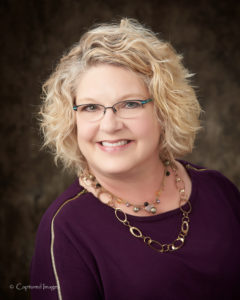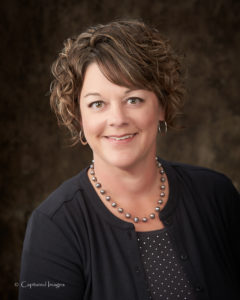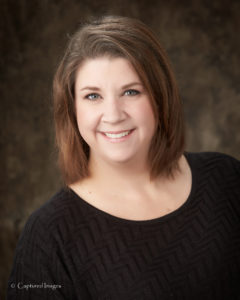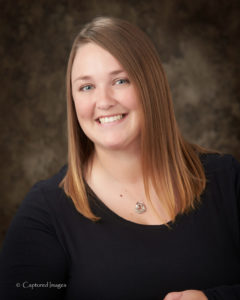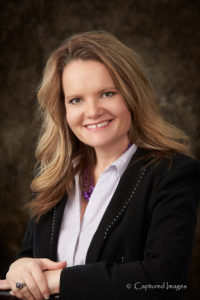
We are only a few weeks away from the start of the County Fair season – and I usually write an anticipatory column to incite excitement and attendance of the Fair.
In fact, my past columns have been along the lines of “County Fair season is just around the corner! The week that nearly every 4-H member has worked and waited for since the fair ended last year. It is a time of year when youth from across the county get together to showcase their projects, but more importantly, it is a time for 4-H families to be together.”
The words ‘be together’ really strike me because they are the words that we are the most focused on in planning the 2020 Fairs during a pandemic.
We want to gather together to celebrate accomplishments and enjoy time with friends, but we just cannot.
Planning the 2020 County Fair has been hard. Our local Fair Board members, Extension Board members, and Extension staff have spent numerous hours on phone calls and zoom meetings (because Extension has not been allowed to meet face-to-face until after July 4) trying to navigate schedules and keep some resemblance of a County Fair that allows our 4-H members to showcase their projects while keeping everyone socially distant and safe.
Did I mention this has been hard? I think those who have cancelled their events or activities actually took the easy way out, because modifying the traditional County Fair has been more challenging than we could have possibly expected it to be. Then again, we didn’t expect any of this.
I did not expect we would face a global pandemic. I did not expect to have to modify the 4-H rabbit show because of Rabbit Hemorrhagic Disease that is fatal to rabbits. I did not expect to have to answer questions about Vesicular Stomatitis Virus (VSV) that has confirmed cases in Kansas and puts our horse show at risk. The Dog Show at the Kansas State Fair has already been cancelled, and we are anxiously awaiting information this week about the State Fair will look like in 2020. This has been hard.
Your Extension Agents want to have a normal County Fair every bit as much as you do. I don’t even know what normal is, or what it will look like by 2021. I am certain we will continue to plan the County Fairs as an event for our communities that helps us recognize the importance of 4-H and agriculture.
Please understand that a new fair schedule is not the schedule we will follow until the end of time and we all have made the best decisions possible with the information we had at the time the choices needed to be made.
Fair results will be published frequently online, and we expect to utilize our social media channels now more than ever.
To discover more about your County Fair, find us on Facebook at Southwind Extension District. Extension Agents have planned to conduct judging and showing activities that will keep our youth and their families safe.
Alternative virtual options will be available to those who do not feel like attending in person.
Mask wearing will likely be common, and possibly required.
In the meantime, I hope you will continue to be patient and kind with each other and look forward to a day that we can be together again. I look forward to the day I can publish an article that highlights a fun 4-H activity – that includes families working and learning together.
Carla Nemecek
Southwind Extension District
Director & Agent
[email protected]
620-365-2242
1 North Washington, Iola, KS 66749

